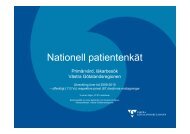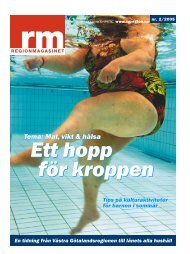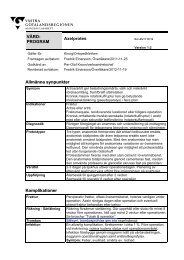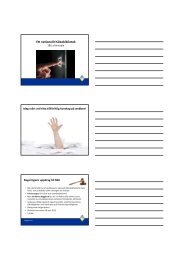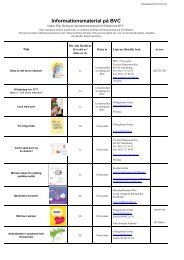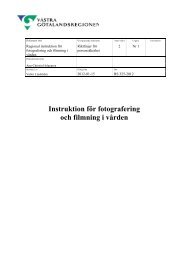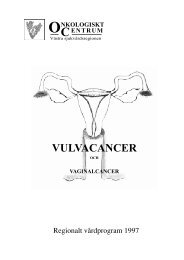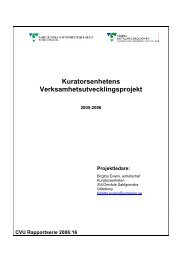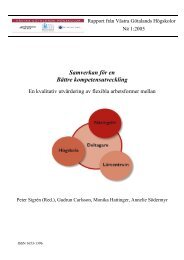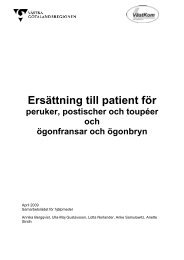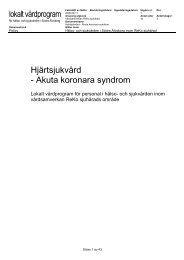FOURTEENTH ANNUAL EUROPEAN PRESSURE ULCER ...
FOURTEENTH ANNUAL EUROPEAN PRESSURE ULCER ...
FOURTEENTH ANNUAL EUROPEAN PRESSURE ULCER ...
You also want an ePaper? Increase the reach of your titles
YUMPU automatically turns print PDFs into web optimized ePapers that Google loves.
Thursday September 1st<br />
Proceedings of the 14th Annual European Pressure Ulcer Meeting<br />
Oporto, Portugal<br />
Using MR elastography to map changes in muscle and other tissues due to mechanical<br />
loading and disease<br />
Lynne E. Bilston 1*<br />
1* Neuroscience Research Australia, Australia, L.Bilston@NeuRA.edu.au<br />
Introduction<br />
Magnetic Resonance Elastography (MRE) is an<br />
emerging noninvasive MR imaging technique that can<br />
measure the mechanical properties of soft tissues in<br />
human subjects in vivo. MRE is well-established in<br />
clinical studies of liver tissues, and is being explored to<br />
quantify changes in many tissues ranging from brain to<br />
skeletal muscle. Studies have measured mechanical<br />
changes in muscle tissues after exercise, and the<br />
effects of disease and treatment. Most recently, the<br />
ability to map changes in tissue mechanics during<br />
compression have been conducted. The potential<br />
utility of MRE for both basic and clinical studies of<br />
pressure ulcers will be outlined.<br />
Methods<br />
The fundamental principle of MRE is that the<br />
mechanical properties of a tissue affect how<br />
mechanical vibrations travel through that tissue.<br />
Waves travel faster in stiffer tissues, and are<br />
attenuated more rapidly in more viscous (or energyabsorbing)<br />
materials. By applying an external vibration<br />
to a tissue, and tracking the vibration within the tissue<br />
with the MRI scanner (synchronized to the vibration),<br />
we can estimate both the elastic and viscous<br />
mechanical parameters for that tissue.<br />
Fig. 1. Simulated wave propagation from a vibration source<br />
on the left. Note the stiffer region with different wave<br />
propagation in the centre. (image from R. Sinkus, INSERM)<br />
47<br />
Results/Discussion<br />
From the MRI data, mathematical inversion of the<br />
wave images allows elasticity and viscosity maps for<br />
the tissue to be obtained. Elasticity increases with<br />
applied compressive load, after eccentric exercise in<br />
skeletal muscles, and in the presence of some disease<br />
conditions.<br />
Clinical relevance<br />
MR elastography may provide a useful tool for basic<br />
research into the biomechanics of pressure ulcer<br />
development, and may also be able to noninvasively<br />
map tissue changes in patients.<br />
Acknowledgements<br />
This talk was partially supported by the<br />
TRANSCRIPTAR networking grant from the Leeds<br />
Fund for International Research Collaboration (FIRC)<br />
(Sponsors: Worldwide Universities Network and the<br />
University of Leeds)<br />
Conflict of Interest<br />
None to declare<br />
Copyright © 2011 by EPUAP



